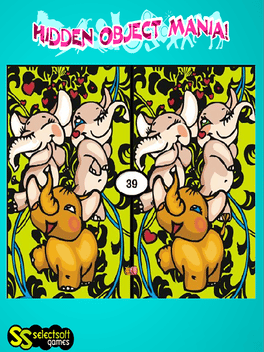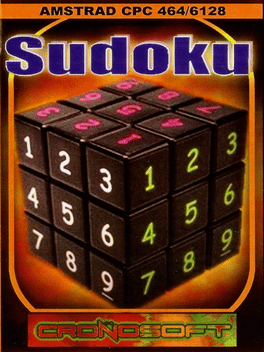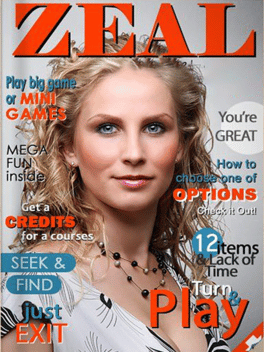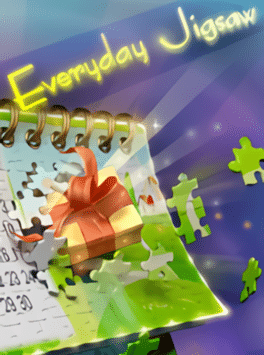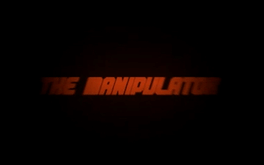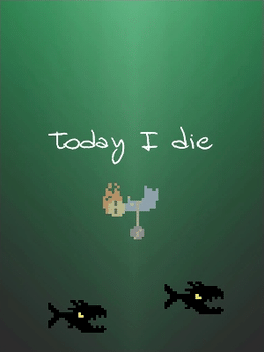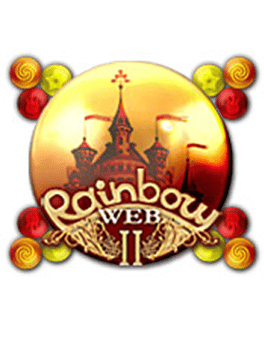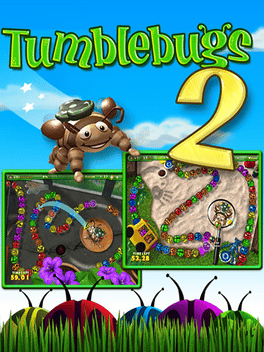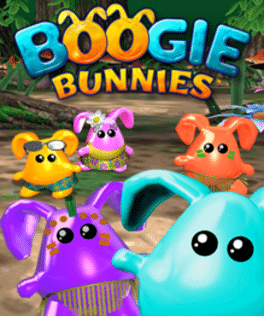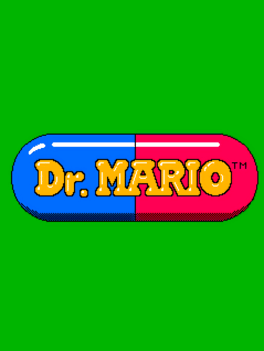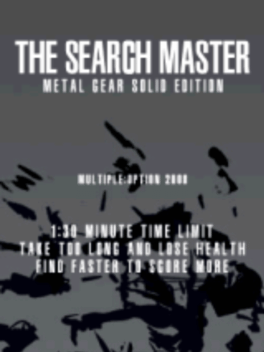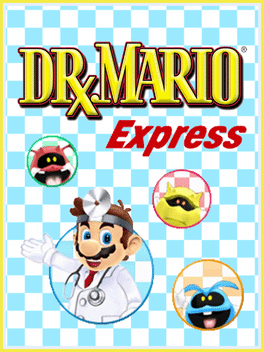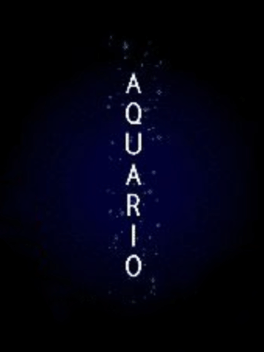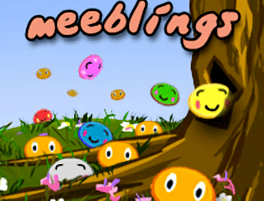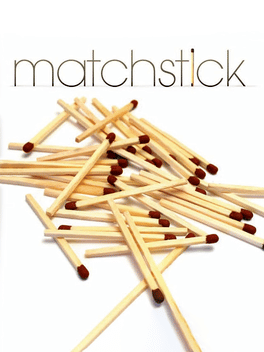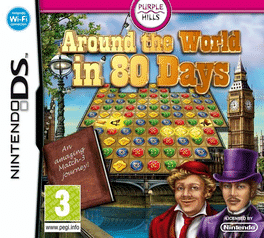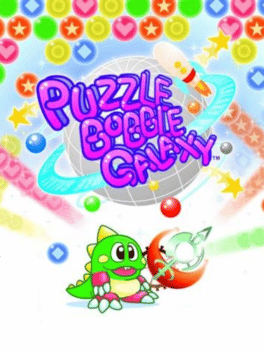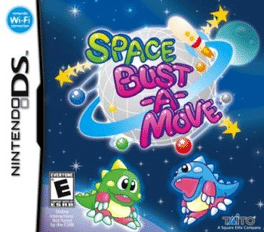New Ps3 Games - Page 220
-
Hidden Object Mania!
2008
Hidden Object Mania!
2008
Hidden Object Mania! it's a casual game in which you need to spot the 7 differences of two pictures in order to win. -
Apple Pie
2008
Apple Pie
2008
Apple Pie is a match-three game. Using your mouse, swap two items to create a straight line of three or more of the same item. The object is to make matches over the tan tiles to clear them. When all the tiles are removed, the level is done. You must do this before the time runs out or you will be fined $500.00. After this, you can use the money you made to upgrade the restaurants decor and/or menu to get your establishment to a five-star level. Later in the game, you are given bonus items to help you. -
Sudoku
2008
Sudoku
2008
Sudoku is, obviously, a Sudoku game for CPC and Speccy. Players can select the grid size of 4x4, 6x6, 8x8, 9x9, 10x10 and 12x12, although 9x9 is default. Players then choose the difficulty. The object is to fill in each empty spot with a number of 1 to 9. On the 10x10 and 12x12 grids, the letters A and A to C are also used. Each horizontal row, vertical column and sub-grid can contain a number only once. -
Zeal
2008
Zeal
2008
Zeal is a hidden object game about a fashion magazine. Instead of the usual locations, the game takes place inside the magazine pages, with mini-games related to editing tasks. Each page has several objects and a list at the bottom of the ones that must be removed. A hint button shows the position of one of the objects, but takes about a minute to recharge after being used. -
Memory
2008
-
Everyday Jigsaw
2008
Everyday Jigsaw
2008
star 9A puzzle a day keeps the boredom away! How about turning your family photos and travel pics into beautiful jigsaws? Or, you may browse a collection of over 12 000 eye-catching jigsaw puzzles and get the ones you like from within the game with just a few mouse clicks. Or you may get the access to the Calendar and get a new great jigsaw puzzle delivered daily (and enjoy the whole 4 years of already published puzzles). 16 different cutout shapes, puzzles with up to 1000 pieces - we've got it all in Everyday Jigsaw, your personal jigsaw puzzle extravaganza. -
The Manipulator
2008
The Manipulator
2008
As a mysterious operative with the ability to "Manipulate" people and objects and take control of them, you must infiltrate a terrorist stronghold. -
Today I Die
2008
Today I Die
2008
An short, experimental art game by Daniel Benmergui, in which the player manipulates text, characters and objects to change the environment and escape. -
Rainbow Web 2
2008
Rainbow Web 2
2008
Released in 2008 by Sugar Games and GameTop. Rainbow Web II is a matching game where three or more same-color gems have to be aligned in a spider web, horizontally or vertically, to make them disappear. Some of the jewels have letters, and the main goal of each level is to spell a phrase at the top-left of the screen by matching these gems. Black pearls can only be removed when they reach the web edge or center. There are two mini-games that appear between levels: a hunt for hidden pieces of an object in a scenery, and a sliding-tile puzzle. -
Tumblebugs 2
2008
Tumblebugs 2
2008
Tumblebugs 2 is a color matching game. Like its predecessor, the objective is to clear moving rows of bugs by matching three or more of the same color. A stationary giant beetle shoots bugs towards the rows. -
Boogie Bunnies
2008
Boogie Bunnies
2008
star 7Boogie Bunnies is a Puzzle game produced by Sierra Online and Artech Studios for the XBLM. -
Dr. Mario
2008
-
Dr. Mario Express
2008
Dr. Mario Express
2008
star 7.4Dr. Mario Express, known in Japan and PAL regions as A Little Bit of... Dr. Mario (ちょっとDr. MARIO Chotto Dr. Mario?),[5] is a Mario action puzzle video game published by Nintendo. The game was released exclusively as a DSiWare title for the Nintendo DSi platform. Dr. Mario Express was first released as a launch title for the DSiWare service in Japan on December 24, 2008, and was released in both North America and PAL regions in 2009. The game was developed by Arika, which had also created Dr. Mario Online Rx for WiiWare. Dr. Mario Express features the general gameplay of earlier Dr. Mario puzzle games, which focus on eliminating colored viruses from the playing field by matching them with colored capsules. Dr. Mario Express received generally positive reviews, but was criticized for offering fewer playable game modes than earlier Dr. Mario titles. -
Art Style: Aquia
2008
-
Meeblings
2008
Meeblings
2008
Help the Meeblings! Use the Meeblings special abilities to rescue as many as possible each level. Explore the Meeblings' world in all 50 fun filled levels. -
Matchstick
2008
Matchstick
2008
The aim of the Matchstick Puzzle by DS is to answer the questions by moving or rotating matchsticks. There are more than 150 puzzles of four difficulty settings to complete. The game also has hints to help the player decipher the more abstract clues. -
Around the World in 80 Days
2008
Visit four continents in this match 3 puzzle game inspired by the classic adventure written by Jules Verne. Travel back in time to the late 19th century and get ready for adventures on land, sea and in the air. Join English daredevil Phileas Fogg and his loyal French servant, Passepourtout, on this journey. -
Puzzle Bobble Galaxy
2008
-
Space Bust-A-Move
2008
Space Bust-A-Move
2008
star 8.4The smash-hit classic arcade game is going where no bubble has gone before in Space Bust A Move! Help the twin brothers, Bub and Bob, as you journey to distant planets to collect "Cosmo Bubbles" in order to stop the evil Devilin from taking over the galaxy. With intense multiplayer competition, improved graphics, customization options, and mini-games, you've never busted bubbles like these!
